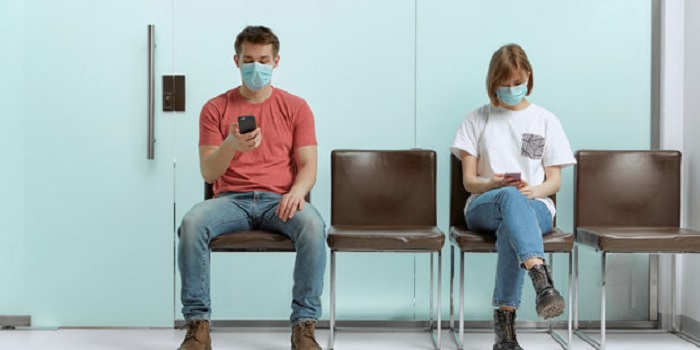Radiological Patient Wait Times and Satisfaction: Balancing Business

Is your radiology department causing delays in patient care and contributing to patient dissatisfaction? All too often, patients come into a hospital or clinic and end up waiting for hours to receive care due to backups in the radiology department.
Radiology department patient wait times can adversely impact satisfaction and revenues
Wait times are a significant pain point for radiology patients, historically accounting for more than 20% of written patient complaints in a radiology setting. Delays in getting results or in patient care caused by a slow response from radiology have been identified as critical areas for patient care improvement in radiology departments.
The problem with wait times is that they significantly affect patient satisfaction. Patients who have to wait for a response from radiology can experience anxiety and dissatisfaction. They might even come away with a negative perception of the overall care they received, even if their treating physician was excellent and their health outcome was positive. These trickle-down effects can impact all departments and healthcare staff associated with the patient’s care.
In hospitals and practices that are subject to revenue adjustments based on quality of care and patient satisfaction, the result is a negative impact on end-of-year (EOY) revenues. When patients are unhappy, the effects can be far-reaching. Make sure you are using all the tools at your disposal to streamline workflows and prevent unnecessary delays for patients to improve both patient satisfaction scores and revenues.
The connection between radiology department patient wait times and patient satisfaction
A year-long survey program examined the relationship between wait times and perceived quality of care. It showed that:
- Wait times of less than ten minutes improved overall patient satisfaction with their providers, the care they received, and the follow-up instructions provided.
- Wait times of more than twenty minutes had a significant negative impact on patients' perception of the provider, care received, and instructions given.
Shortening wait times can have a significant positive impact on patient satisfaction and their perceptions regarding quality of care. Paying attention to where in your workflows patients are left waiting can help you determine what can be done to help alleviate wait times. When time lags are unavoidable, an increase in personalized patient care can help mitigate patient anxiety and aggravation.
How radiology department patient wait times and satisfaction directly impact revenues
Reporting on patient satisfaction metrics can be advantageous if patients are happy but detrimental if they are not. Making sure your patient experiences are reflecting positively on your practice or department is essential to maintaining revenues.
Results of patient experience surveys reported to the Centers for Medicare and Medicaid Services (CMS) can directly affect payments to CMS providers by impacting their performance scores across a variety of incentive pay-for-performance programs, including:
- Merit-based Incentives Payment System
- Medicare Shared Savings Program
If your providers are participating in either program, shortening wait times and improving patient satisfaction can help prevent EOY penalties for low satisfaction scores.
How shortening radiology department patient wait times can improve patient satisfaction
One study of patient satisfaction scores in the vascular interventional radiology department showed that low scores could be significantly improved simply by decreasing wait times, particularly time spent waiting for the following purposes:
- Registration
- Tests or treatments
- Intentions to recommend
While wait time has a cumulative effect on patient satisfaction, a slightly longer wait in an exam room can be offset by minimizing time spent in a waiting room. By streamlining processes on the front and back end of their healthcare experiences, patients can be better served and their perception of care quality can be improved.
Systems that help improve radiology department patient wait times and satisfaction
Lengthy radiological patient wait times are a problem that can be solved using systems designed to streamline workflows. There are three key areas where the use of advanced technological systems can decrease wait times and improve patient satisfaction:
- Nova RIS provides a platform that enables the patient to be followed through every step of the process, tracking their experience (including wait times) and highlighting areas for improvement.
- AlertView lets referring physicians receive imaging reports swiftly and securely, shortening wait times for patients to be contacted for follow-up.
- CryptoChart gives patients fast, easy access to their images and reports via a QR code, shortening patient wait times to personally receive their information.
By reducing wait times, you can enhance patient satisfaction scores and elevate their perception of their providers and care received. Increased satisfaction can positively impact value-based reimbursement outcomes and improve EOY revenues.
Taking advantage of the latest technologies can improve productivity in a radiology setting, improving patient wait times and satisfaction for higher performance scores and enhanced quality of care.
Here at Novarad, we believe that the key to a successful imaging center is to work smarter, not harder, to deliver the type of care and outcomes that patients desire.
To see how we can help improve your workflows, feel free to reach out to our workflow specialists today!
%20(3).png?width=1555&height=462&name=Novarad%20EHS%20Logo%20Full%20Color%20(1)%20(3).png)
